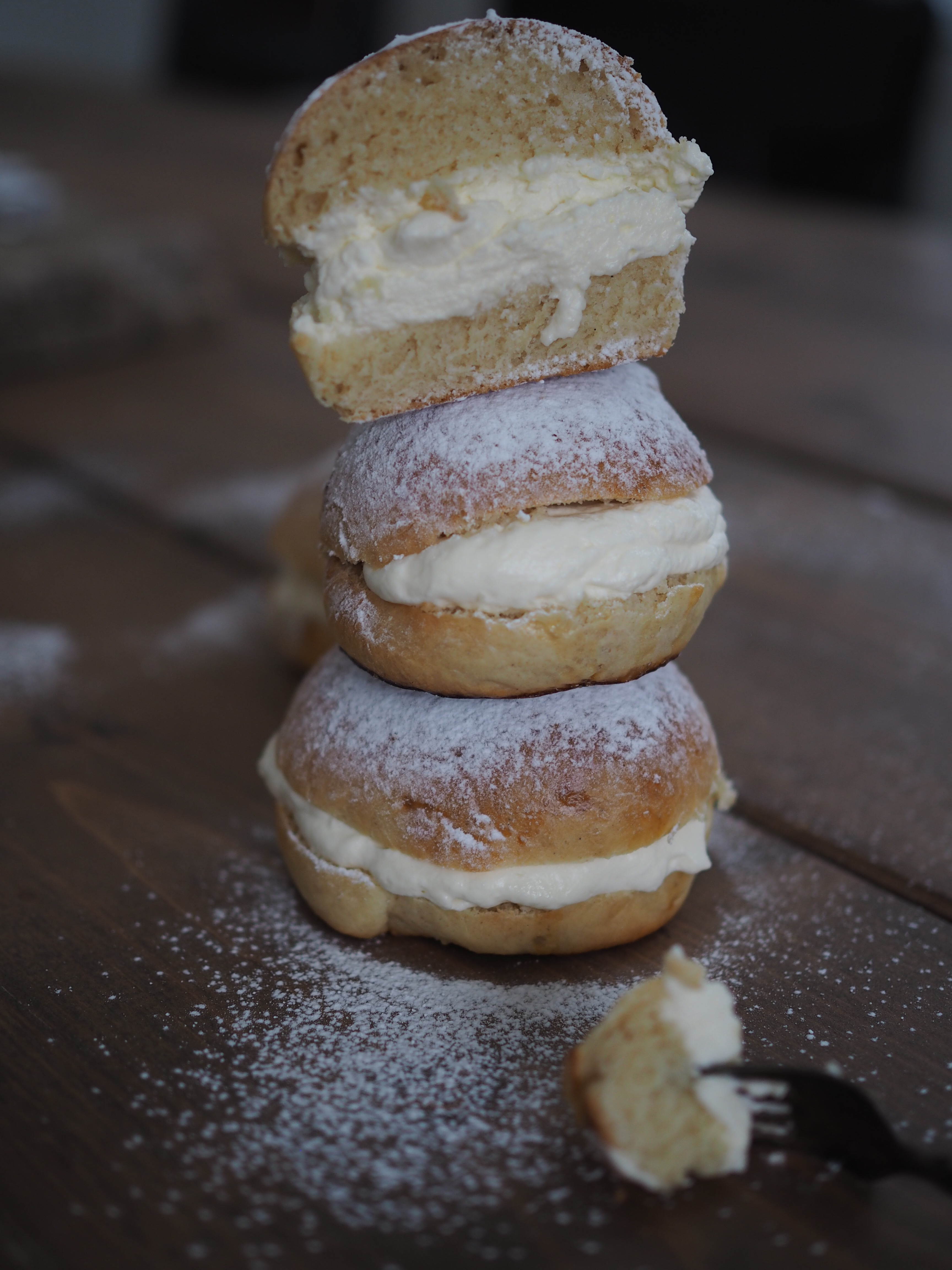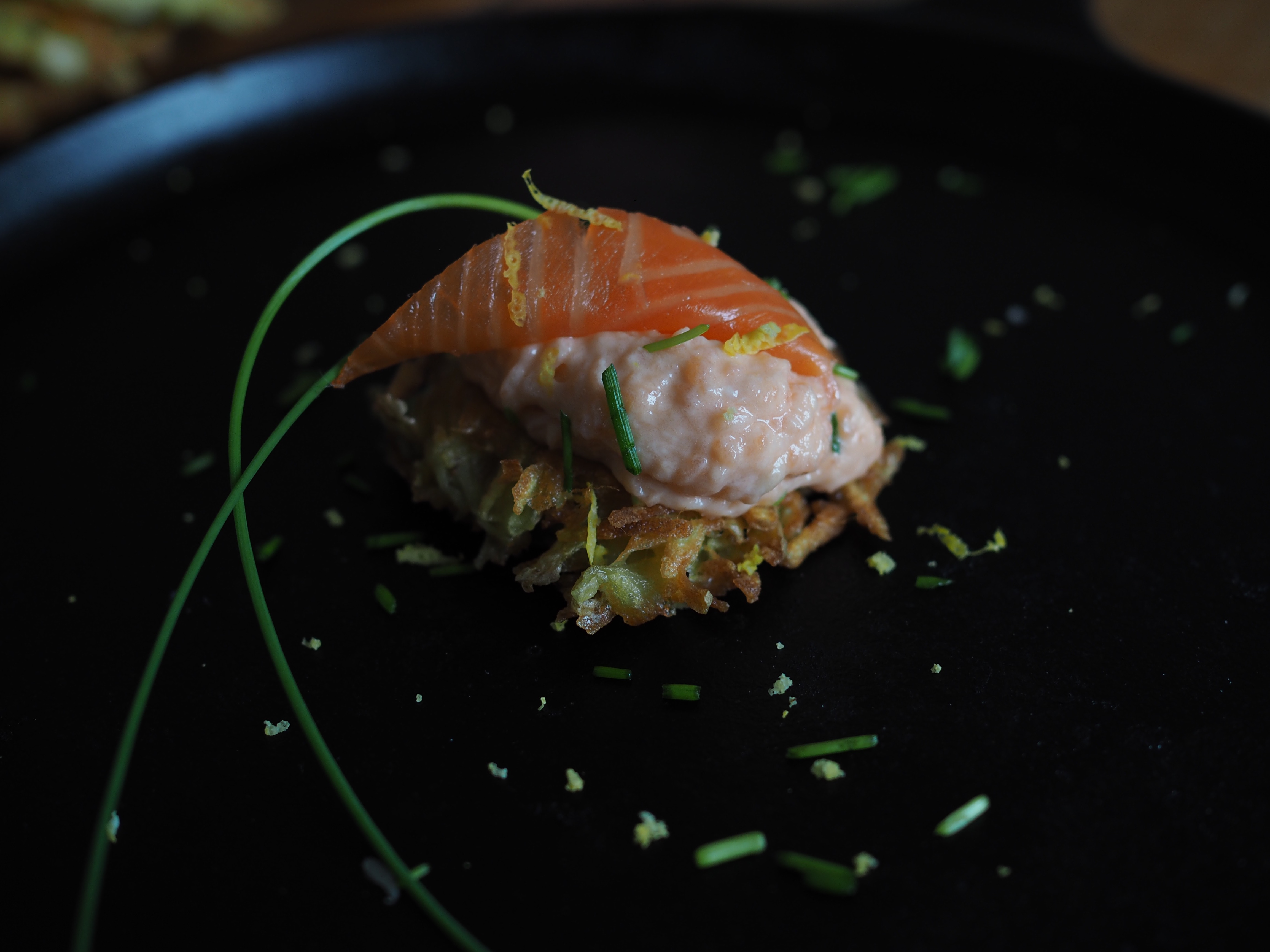Fastelavn. Shrovetide. Carnaval.
Seven weeks before Easter, and sitting at the cusp of Lent, is a celebration spanning the centuries, and evolving to what is known today in Norway as Fastelavn, or ‘the fast evening’. Three days encompass the fastelavnsfeiring celebrations, starting on Fastelavnssøndag (Sunday), followed with Blåmandag(Blue Monday) or Fleskemandag and concluding with Feitetirsdag (Fat Tuesday) or Hvitetirsdag (White Tuesday).
The roots of Fastelavn tie into the fertility cult. When those with life – women, animals & trees – would be awakened to fertility by being struck with the branches of birch trees. This practice is known as Fastelavnris. Birch trees often had buds at this time of year, and those twigs were referred to as life twigs. It was believed that those branches which did not bear buds at this time, had the fertility effect in itself, and were regarded with even more favor. The blossoming buds were also used for crop and weather predictions. Later, with the associations of Christianity, the twigs were regarding as symbols of the Passion of Christ and as the beginning of Lent.
 The concept of awakening later turned into an old tradition of waking early from bed and grabbing birch branches to then playfully spank those who were not yet awake. It was normal, up until far into the late 1900s, for children to whip their parents for fun and to be treated to a cream-filled bun afterwards. These buns are still eaten on Sunday.
The concept of awakening later turned into an old tradition of waking early from bed and grabbing birch branches to then playfully spank those who were not yet awake. It was normal, up until far into the late 1900s, for children to whip their parents for fun and to be treated to a cream-filled bun afterwards. These buns are still eaten on Sunday.
The star of Fastelavn: a bun. A boller, to be exact. Freshly baked. Sweetened cream nestled inside. Topped with a generous dousing of powered sugar – just enough to crown the lips of the one lucky enough to take a bite. These are decadent, yet simple. Sometimes, a spreading of jam will grace its interior as well, or custard, but traditionally, the cream should suffice. It’s possible these buns originated from the dumplings which previously were eaten with fatty soup and meat on Sunday as a practice of gluttony.






